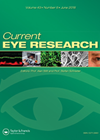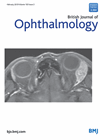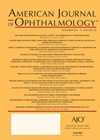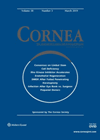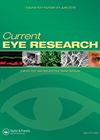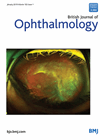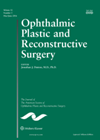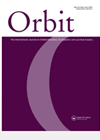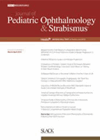
Journal Reviews archive for April 2019
Diclofenac versus Bromfenac after cataract surgery
Non-steroidal anti-inflammatory drugs (NSAIDs) are commonly used after cataract surgery to reduce inflammation and cystoid macular oedema (CMO). Diclofenac 0.1% is used three to five times daily for 28 days and Bromfenac 0.09% twice daily for 14 days postoperatively. The...
Temporal versus nasal clear corneal incisions
This is a prospective randomised study of 100 patients’ left eye having undergone phacoemulsification either by a 2.4mm nasal clear corneal incision (CCI) group or temporal CCI group. The corneal astigmatic changes were compared between groups by power vector analysis,...
Does amniotic membrane transplant improve outcomes in chemical injuries?
This single centre, randomised, parallel-controlled clinical trial compared the outcomes of patients with Roper-Hall grade IV ocular chemical injury that had conventional treatment vs. combined medical treatment and amniotic membrane transplantation (AMT). They followed up 60 patients between August 2006...
PUK after corneal crosslinking
This retrospective study aimed to report the incidence, characteristics, clinical presentations, risk factors, and the available treatment modalities of sterile peripheral ulcerative keratitis (PUK) post-corneal collagen crosslinking (CXL). In total 771 eyes of 474 patients operated for keratoconus or ectasia...
How long to air tamponade after DMEK?
This interventional case series looked at the influence of different intraoperative air tamponade times on graft adherence after descemet membrane endothelial keratoplasty (DMEK). A total of 117 eyes with Fuchs endothelial corneal dystrophy (FECD) that underwent DMEK were included. Patients...
Tear production levels and dry eye disease
Dry eye disease (DED) is multifactorial, caused by an alteration in the quality or quantity of tear film’s three layers. Several tests are available for diagnosis. The aim of this study was to determine if the Schirmer test (ST) could...
Features of Behcet’s disease
This is a retrospective single centre study from Paris, France, between the periods of 1986 to 2015. Twenty-nine out of 217 (13.3%) neuro-Behcet’s disease (NBD) patients presented with neuro-ophthalmic manifestations (55% of men and mean age of 28 years). Sixteen...
Combined Vismodegib and Mohs surgery
This is a report of eight patients with locally advanced periocular basal cell carcinoma who were treated with Vismodegib prior to Mohs micrographic surgery. The rationale for the combined treatment plan was that long-term Vismodegib is poorly tolerated due to...
Lacrimal gland carcinoma outcomes
This is retrospective review of outcomes of lacrimal gland epithelial tumours treated between 1972 and 2014 at Moorfields Eye Hospital. Seventy-nine patients were reported, comprising 53 adenoid cystic carcinomas, 15 primary adenocarcinomas and 11 carcinomas ex-pleomorphic adenoma. The authors compare...
OSCAR for anterior approach ptosis surgery
The authors report an International Council of Ophthalmology (ICO) Ophthalmology Surgical Competency Assessment Rubric (OSCAR) for anterior approach ptosis surgery. An international panel of content experts, representing Australia, India, Iran, Italy, Turkey, United Kingdom and the United States of America...
Complications with porous orbital implant after enucleation in retinoblastoma patients
This is a retrospective, case control study aimed to identify risk factors associated with complications in retinoblastoma patients following primary and secondary enucleations with porous implant placements. Patients with retinoblastoma who underwent enucleation with porous orbital implant placement between January...
Impact of preop occlusion on surgical outcome
The purpose of this study was to evaluate the effect of improved control with part-time occlusion treatment on the final postoperative surgical outcome in patients with intermittent exotropia. Eighty-nine patients were recruited who had unilateral lateral rectus recess / reset...

